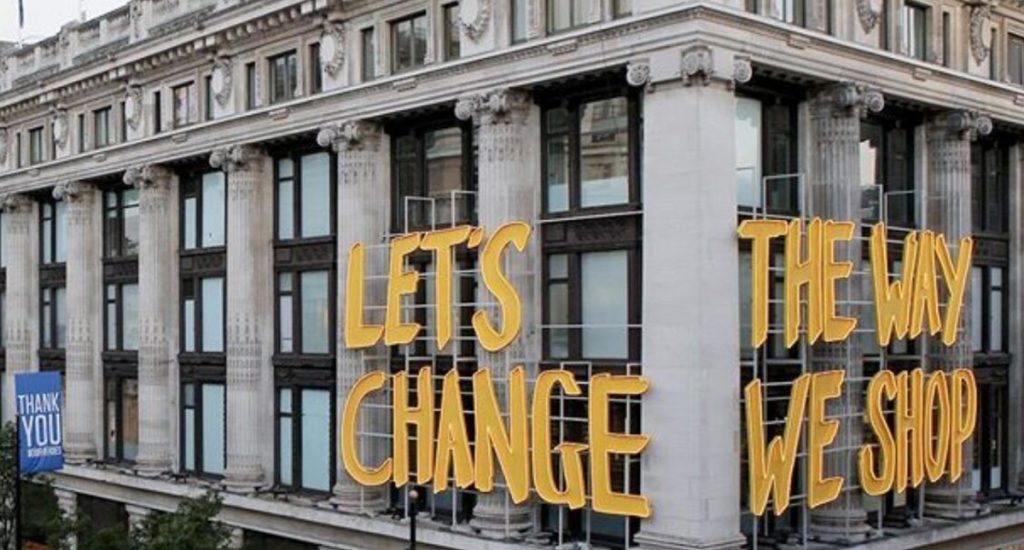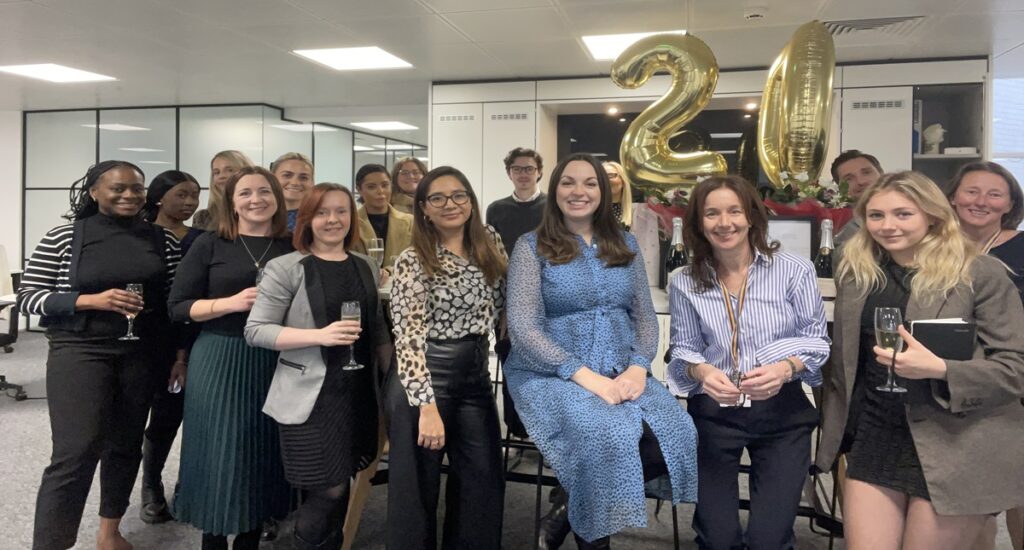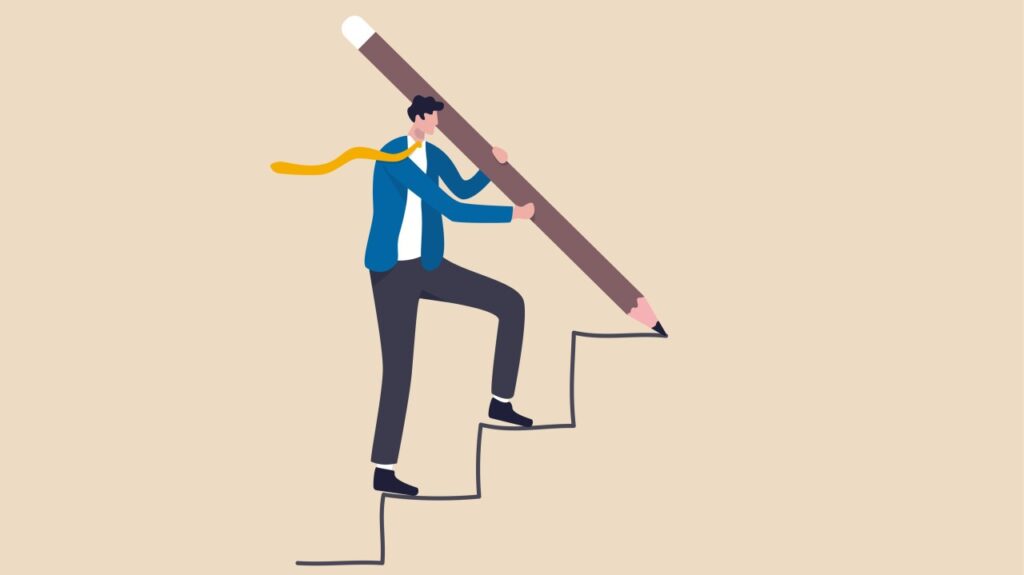April 12th 2021 should feel like any other day, yet there is a sense of hope in the air. As you walk through London, safely distanced outdoor seating has been laid out, beautifully decorated with fairy lights and bunting. Shop doorways are covered in balloon arches, “welcome back” and “we are open” notices are on full display. For those walking to the office this morning, it was clear to see that retailers and the hospitality industry are looking forward to welcoming back customers from today.
However, we might find that the local haunt, coffee quick-stop or lunchtime shopping spree looks very different from times before. It is important we recognise the deep impact Covid-19 restrictions have had on our high-street. An article on the BBC website this morning highlighted that if you walk down Oxford Street, 28 out of 212 shops (which is just over 13%) are now either boarded up or the occupants of the building have left for good. The most noticeable casualty for the famous stretch of road is Topshop which many would view along with Selfridges as being at the heart of the street.
The transition of many retail companies to the digital e-commerce space has kept retail stores and businesses alive, with the closure of physical stores being a symptom of the mass cost-cutting needed to survive. This, combined with the very real impact of Covid shutting many businesses down has lead to a high-street littered with boarded windows, closed signs and empty stores. The question here is, will the high-street ever be the same again and how can we save it?
A study carried out by McKinsey and Partners details that the UK is the most optimistic about economic recovery compared to the rest of Europe, with 47% of consumers willing to ‘reward’ themselves this year. Yet with one in every two stipulating they will continue to carry on their online habits, could this mean the high-street will continue to suffer? We believe it is too early to tell. As businesses flexibly come back into the office and pubs, gyms, and restaurants open (albeit outside) there might be an increase in opportunistic and impulse buying- a lunchtime pick-me-up. A digital and physical blend of shopping experience might take precedent with flagship stores remaining for an ‘extra-special’ shopping experience, following the likes of H&M and Boots. It will be interesting to see the impact of the next easing of restrictions on the 17th May when the outside is welcomed in.
One other factor involved in the fate of our high-streets is the safety factor. Whilst we are led by government guidelines, confidence and trust need to be built up once again. According to the Retail Gazette, following the vaccination roll-out consumer confidence in economic recovery has leapt up an unprecedented amount, but there is still a sense of caution when leaving the house. Retailers might want to look at the way in which they present their re-opening to the public, is an emphasis on safety more important than the price or product a business sells? As Selfridges put it…”let’s change the way we shop!”
Legal Implications
One potential opportunity that has arisen from the virus is the increased potential of M&A activity. We saw the acquisition of Topshop by ASOS and Debenhams by Boohoo- could this mean more collaborations are on the way? The steady rise in the need for technology lawyers with experience in privacy, SaaS and AdTech experience within the retail sphere highlights the increase in technological activity and e-commerce movement.
On top of this, the continued lessening of property has demanded a need for interim lawyers to working across the sale and disposal of commercial property- combined with the re-negotiation of existing property contracts.
Recovery Time
One thing is for certain, there is an overwhelming sense of recovery and hope in the air today. Whilst we might be a long way off, and the certainty of our high-street is not stable, for the first time in a long time the retail space does appear to be healing.
Read the article and comment on LinkedIn





